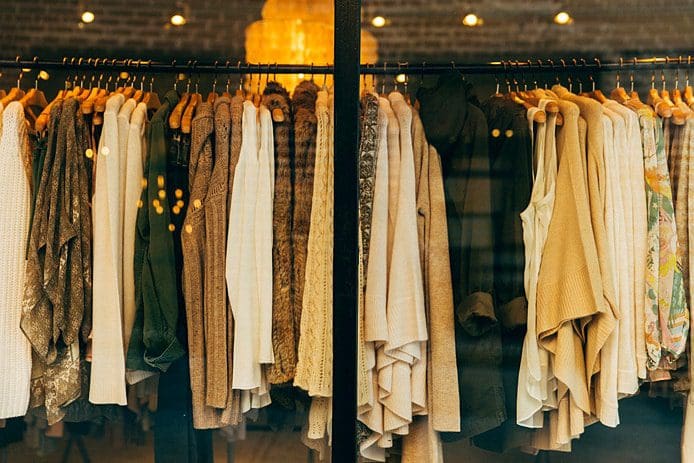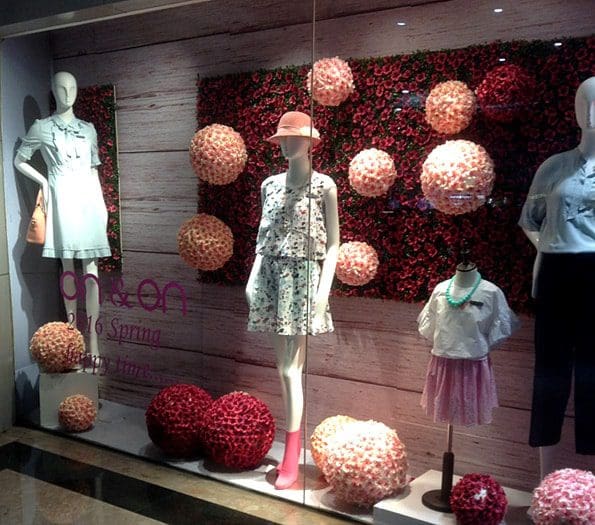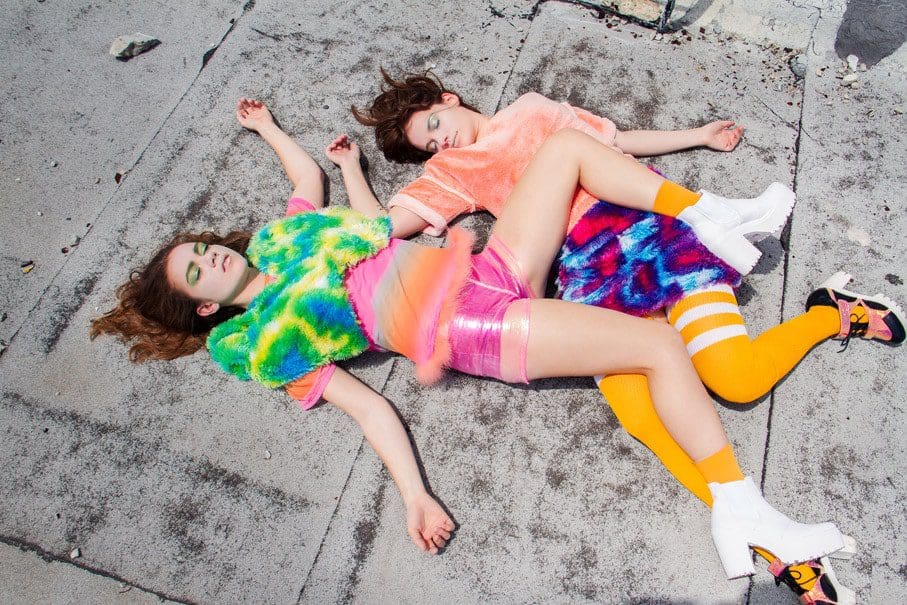An insight to fast fashion and its global impact – words Al Woods
Constant news coverage has made it clear that as a society, we’re consuming too much across a range of different areas. Each year, we purchase 80 billion pieces of clothing which has shown a 400% upsurge in the last two decades.
Creating these garments takes a lot of work and resources. For example, the amount of water required to produce the 80 billion pieces mentioned above would fill 32 million Olympic-sized swimming pools. This just highlights how out of hand our shopping habits have become, and it’s an issue that needs addressed immediately.
There’s much more to this problem than water usage though. The dangers of fast fashion is something that transcends through many different areas and we need to understand that the consequences of our consumption isn’t just impacting the environment, but vulnerable communities across the world too.
Although many people are aware of the epidemic, not many people know what the actual issue is. Fast fashion is inexpensive clothing produced rapidly by mass-market retailers in response to the latest trends. Although you may be unfamiliar with the full extent of the ideology surrounding fast-fashion, you’re most likely buying into it without the harmful intent because you’ve been taught no better.

An insight to the materials
Each season would see a new collection of clothing a few years back. However, this is something that we’re now seeing on a monthly or weekly basis – in some cases, new clothing can land on the shop floor every day. With more items of clothing to choose from, more materials are being used – but to what costs?
Cotton accounts for half of the total fibre in our clothing too — how crazy is that? Research has also suggested that 90% of it is genetically modified and uses a large amount of both water and chemicals, which is undoubtedly having an impact on our land and health. As well as this, cotton is responsible for 18% of worldwide pesticide use and 25% of total insecticide use. Is it worth it?
Believe it or not, it takes around 15,000 litres of water to grow cotton for jeans. The cotton production scene has badly affected Kazakhstan for example, as in the 1960s, the country was home to the Aral Sea which covered 68,000 sq km and was one of the biggest inland seas in the world – home to aquatic life and a core attraction to tourists. Today, the water has disappeared and it is simply dry land. One of the rivers that once fed into the Aral Sea diverts into cotton production farms and is heavily absorbed. Again, is it worth it? Aside from cotton, leather production has been known to have dangerous implications against the environment and human health. So much so, studies have shown that leather tannery workers are at greater risk for cancer by between 20-50%, and the harmful chemicals involved are known to pollute natural water sources which is having a devastating impact on nearby communities.
There is a lot to consider outside of what is on the shop floor. In recent months, ocean pollution has become a significant topic discussed by the media – with a specific focus on plastic. But, did you know, that the washing of polyester sheds microfibres and they do not biodegrade, so they’re adding to the levels of plastic and therefore impacting marine life. With the frequency of new garments making their way to the shop floor, countless environmental corners are being cut and it’s simply not acceptable. But is there a fix? Or a way that we can ease pressure on the problem? There is a solution to this issue, but it requires a joint effort from all parties: the consumer, the brands, and the authorities who are in a position to put legislation in place to reduce the catastrophic implications.

The solution isn’t to boycott the bigger brands you love. However, what we do ask is for you to shop more consciously – do you really need that new dress or blazer that looks exactly like the one you bought last week? Are you really that worried about what people will say about you sporting the same jumper in two Instagram pictures 12 months apart?
Fair trade clothing has become a bigger focus too, as this is known to give back to communities. As well as this, upcycling old clothes that are still in good condition but no longer suit your style could be an option! We can’t forget second hand clothing from charity stores either… there’s so much on offer that can help solve the international crisis of fast fashion.
When fashion equals devastating impacts on the environment, then it’s time to question whether it’s actually worth it – and more than likely, it’s not. With scientists predicting that we 25 years left to fight climate change, which side will you take?


















